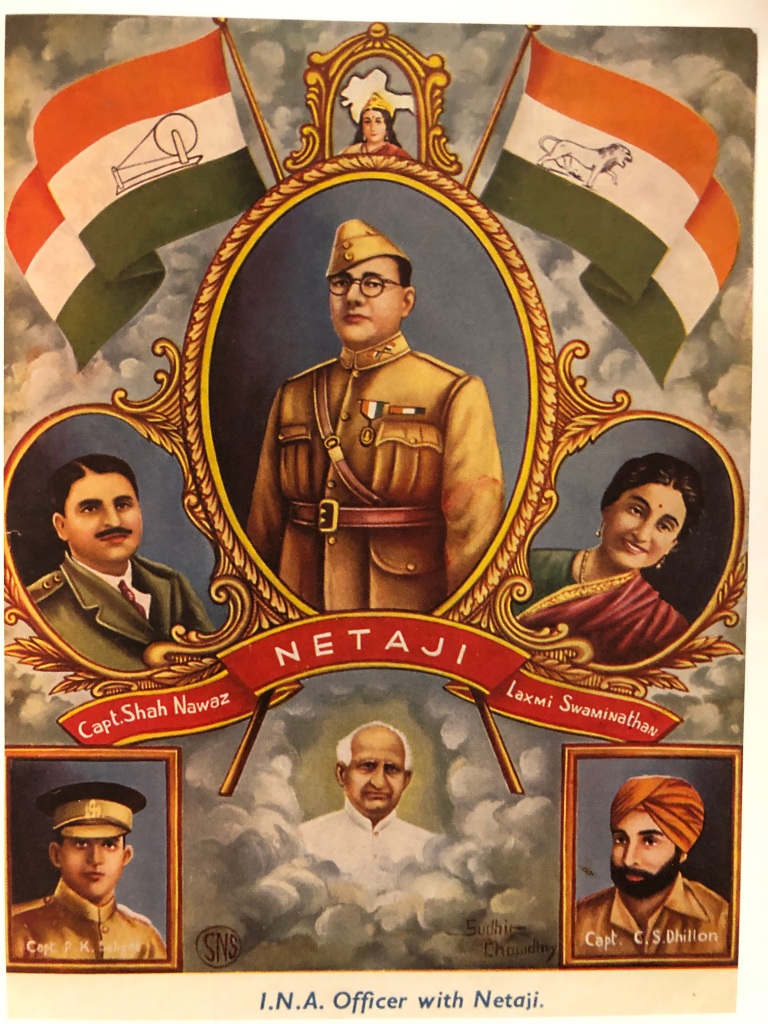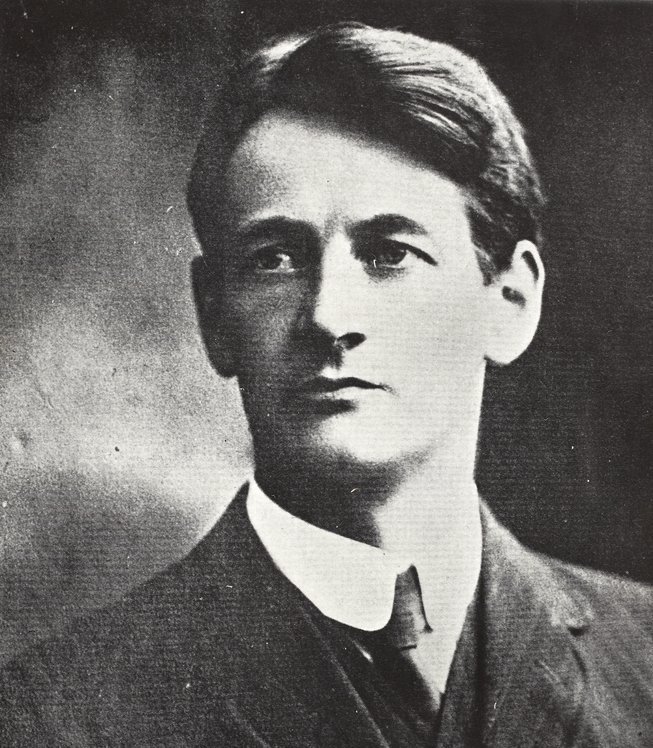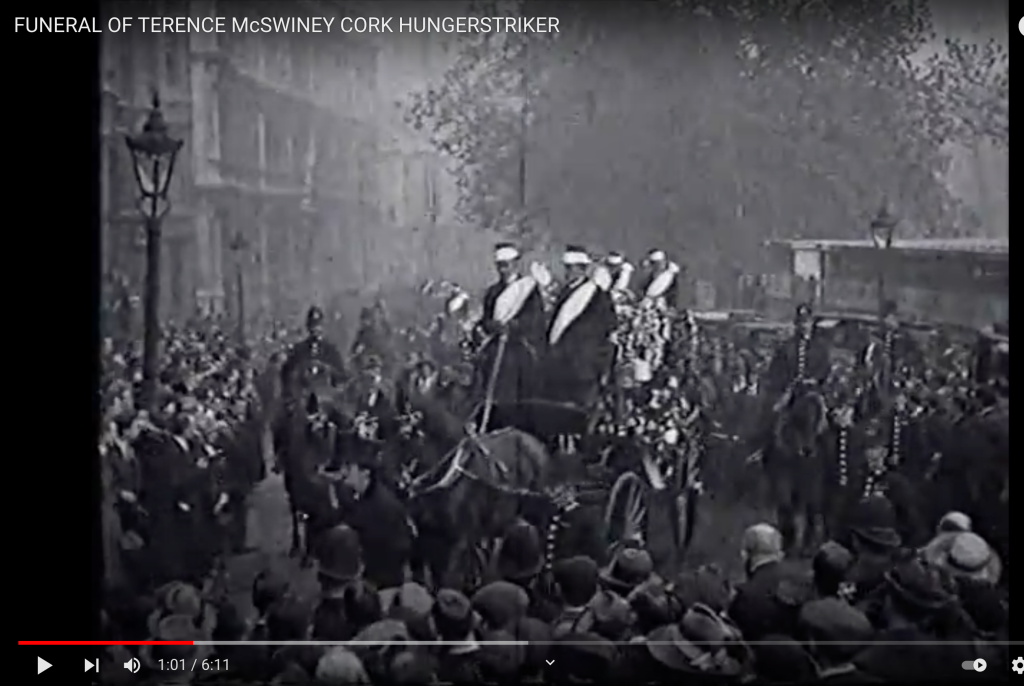This essay has been written on the occasion of the birth anniversary of Jawaharlal Nehru (14 November 1889 – 27 May 1964). It is perforce necessary at this time since the very name of Nehru has become anathema, to the BJP and its leaders as much as to many middle-class Indians; indeed, some of the criticism astonishes owing to the barely disguised and virulent hatred that it displays towards its subject. Th essay seeks not to eulogize Nehru, but to offer a candid assessment of someone who was recognized in his own time not only as a world statesman, but as someone who shepherded the newborn nation-state of India at a critical juncture in world history. His economic policies have been omitted, not because they are insignificant, or perhaps because he is more vulnerable to criticism on that front than on any other, but because the subject is complex and deserving of a separate companion piece.
Jawaharlal Nehru commenced his long stint as the first and, to this day, the longest-serving Prime Minister of India in exhilarating and yet difficult and unusual circumstances. His speech as the country’s chosen leader on 14-15 August 1947 to the Constituent Assembly famously spoke of India’s “tryst with destiny”. It was a moment long wished for, but Nehru recognized that the man whom he knew to be the mastermind of the freedom struggle, Mohandas Gandhi, was not there to celebrate India’s independence. Gandhi had lodged himself in Calcutta in an effort to bring peace to the riot-torn city. The blood feud between India and Pakistan would leave a long trail of dead and wounded, generate the world’s largest flow of refugees, traumatize tens of millions of people, and even send the two countries to war. Less than six months later, the Mahatma would be felled by an assassin’s bullets, and the nation would be plunged into grief. If the newly minted leader of a fledgling state had not enough on his hands in trying to keep the country together and comfort the afflicted, he now had the unenviable task of presiding over the funeral of a person who had become a world historical figure and was being apotheosized as a modern-day Buddha and Christ. It is said that, in the midst of the elaborate and taxing preparations for the last rites to lay Gandhi to rest, Nehru, who was habituated in seeking Gandhi’s advice at difficult moments, turned to some of the men around him and said, ‘Let us go to Bapu and seek his guidance.’

The task before Nehru was immense. The leaders of other colonized nations had doubtless their own challenges, but the challenge before India under Nehru was greater. Over 300 million Indians, living in half a million villages, towns, and cities, encompassed a staggering diversity—whether with regard to religion, caste, the mother tongue, cultural inheritance, or socio-economic standing. Most Indians, moreover, were desperately poor, itself a damning indictment of two hundred years of unremittingly exploitative rule of India, and to most witnesses and commentators the political institutions that India inherited from the colonial ruler had seemingly been designed for vastly different circumstances. There was really no precedent in history for catapulting such a country into what the Constitution of India, itself crafted over a year-long intense and at times brilliant debate in the Constituent Assembly, called a modern “sovereign democratic republic.” There was much else that was singular to India: alongside undivided British India, there were 562 native states presided over by hereditary rulers, and the vast majority of these states had willy nilly to be ‘absorbed’ into India. Students of Indian history have described this process as the ‘integration of Indian states’, but it would not be incorrect to say that the task before Nehru and the ruling Congress party was yet greater—the consolidation of the idea of India as a modern nation-state.
One might, in a more exhaustive survey of the nearly seventeen years during which Nehru shepherded India into modernity and the global stage, rightfully offer an inventory of his triumphs and failures. One cannot underestimate, for instance, the enormity of the accomplishment represented by the first general election held in India between 25 October 1951 and 21 February 1952. As a democratic exercise in universal franchise, there was nothing in the world that approached its monumental scale, all the more remarkable in that the traumas and wounds of partition were still everywhere present. Nearly 106 million people, or 45 percent of the electorate, cast their votes—and this in a country where the literacy rate in 1951 was just over 18 percent. The same exercise was carried out in 1957 and 1962, the last general election before Nehru’s death in May 1964, and certainly the same cannot be said of almost any other country that went through the process of decolonization. If this alone can be summoned as an instance of Nehru’s propensity to observe democratic norms, it is nonetheless also true that he imposed President’s rule on eight occasions, and his dismissal of the elected communist government in 1959 led by EMS Namboodiripad in Kerala is often cited as an instance of his inability to tolerate dissent.
One may go on in this vein, but it would be far more productive to delineate, howsoever briefly, the idea and ethos of India under the Nehruvian dispensation. India had inherited parliamentary institutions from the British and, under Nehru, these institutions were further nurtured, sometimes with an intent of making them more responsive to Indian conditions and even reflecting an Indian ethos or sensitivity to the history of social institutions in India. Democratic institutions, on the whole, showed stability and maturity, the higher Indian courts showed a capacity for independent judgment, and the press largely exercised its freedoms without hindrance. The Lok Sabha Debates of that period show that, though the Congress exercised an overwhelming majority in Parliament, the opposition was no walk-over and Nehru and his ministers were often put to the test. The office of Election Commissioner was established before the first general election to oversee the fair conduct of elections. The stability of political institutions can be gauged by the fact that, unlike in neighboring Pakistan, or (say) in Indonesia which had acquired its independence from Dutch rule, the military was prevented from exercising any influence over the civilian government. In this respect, Nehru rigorously ensured, as any democracy must do so, that the military would follow the civilian authorities.
While India under Nehru was not entirely free of communal disturbances after the partition killings had subsided in the early part of 1948, his own adherence to the idea that the minorities should feel safe in India cannot be doubted. Most communal incidents were minor, and not until 1961 can one speak of a fairly significant outburst of communal violence in Jabalpur, M.P., where the rise of a successful Muslim entrepreneurial class generated some anxiety in the Hindu community. Nehru’s own courage in trying to stem communal violence has been widely documented, and the eminent American writer Norman Cousins was among those who witnessed Nehru boldly intervening personally to put a halt to communal altercation, sometimes placing himself between rioters on the street. It may be argued that Nehru was fundamentally committed to the idea of the dignity of each individual, irrespective of caste, religion, sex, socioeconomic status, and so on. In this, I daresay, he took his cue not merely from the liberal tradition but, more importantly, from India’s numerous sant traditions and the example of Gandhi. The cynics and critics may argue that the rights of the untouchables—as they were then known—barely advanced under Nehru, but such a view is not sustained by a close study. It is, however, certainly the case that, notwithstanding the constitutional safeguards offered to the Dalits, their progress in being accepted as full members was far slower than envisioned and hoped by B. R. Ambedkar himself. Indeed, India is far from having made the progress in this matter that one could consider as even minimally acceptable even today.
Speaking retrospectively, it also seems to be indisputably true that, in addition to Nehru’s own belief in the inherent worth of each individual, India was a more hospitable place under Nehru than it would be under his successors. Nehru could be intolerant and authoritarian, as I have suggested apropos of his dismissal of the Kerala government, but one must distinguish between the political choices that he made on the one hand, and the culture of tolerance and debate that was fostered in Nehruvian India on the other hand. There was a serious investment in the cultural sphere, as manifested for instance by the creation of various national academics of art, music, dance, and literature, just as there was an effort to promote the higher learning. Nearly every account of Nehru references his determination to make India modern, and even to turn India into a scientific powerhouse, and the establishment of the Indian Institutes of Technology—Kharagpur (1951), Bombay (1958), Madras (1959), Kanpur (1959), and Delhi (1961)—is often touted as his greatest achievement. Certainly, these original IITs remain India’s most well-known form of cultural capital in the world of higher learning today, besides some departments at a handful of universities such as Delhi University and Jawaharlal Nehru University and a few other institutions such as the Indian Institute of Science (established in 1909).

However, the culture and ethos of hospitality to which I advert had other dimensions, none more important than Nehru’s firm and resolute adherence to the notion of secularism. It is being increasingly said that Nehru was too Anglicized and ‘out of touch’ with the masses to understand the common Indian’s allegedly unquenchable thirst for religion, but this argument is preposterous just as it is insensitive to the fact that Nehruvian secularism did not at all disavow the place of religion in Indian public life. Rather, such secularism as Nehru embraced was rooted, not in the repudiation of religion, but rather in the explicit disavowal of turning India into a Hindu nation-state or in appearing to convey the impression that the Hindus would be given preference over the adherents of other religions in jobs, university seats, and so on. It is for this reason that in 1951, on the occasion of the inauguration of the newly reconstructed Somnath temple, Nehru was appalled to hear that Rajendra Prasad, who as the President of India represented all Indians and not merely Hindus, had accepted the invitation to preside over the occasion.
In any consideration of India under Nehru, one must not be oblivious to his conception of India in the world. Here, too, a contemporary assessment of this question in India has become well-nigh impossible owing to the relentless hostility towards Nehru among large segments of the middle class who have been animated by the notion that it is time to assert the prerogatives of Hindu India. It is increasingly being said that India under Nehru was ‘irrelevant’ in world politics, and there are apocryphal stories of the Indian prime minister having foolishly abandoned a promised UN Security Council seat in favor of the Chinese—who, on this view, returned the favor with an unprovoked attack on India in November 1962 that mightily contributed to the heart attack from which he died sixteen months later. What is, rather, indisputably a fact is that, after Gandhi’s assassination on 30 January 1948, it was Nehru who was easily the public face of India to the world: no Indian came remotely close to having the kind of influence that he wielded on the public stage, and he did so not, as some would rather believe, merely because he was Westernized, charming, learned, and in every way a suave and even effete gentleman. Critics scoff at his many friendships with leading intellectuals, writers, and even scientists around the world, viewing them as part of his affect and his eagerness to cultivate an international audience, but such friendships—with Albert Einstein, Paul and Essie Robeson, and Langston Hughes, among others—are a testament to his ecumenism and catholicity of thought. The late Nelson Mandela repeatedly went on record to express his admiration for Nehru.

To speak of India under Nehru, therefore, is also to speak of India’s place in the world at the time. The very idea of what is today termed the ‘Global South’ was, in considerable measure, the outcome of Nehru’s keen desire to cultivate relations with other countries that had been colonized, to forge links of solidarity among coloured peoples, and to renew conversations among the colonized that would not have to be routed through the metropolitan capitals of the West. The 1955 Bandung Conference of Asian and African countries, where Nehru had a prominent role, was the most well-known manifestation of that worldview. It was also the leading milestone in what was known as the nonalignment movement which was Nehru’s brainchild as much as that of anyone else. Nehru positioned India during the Cold War as a country that would ally itself neither with the United States nor with the Soviet Union, though, given the constraints that geopolitics imposes, in actuality India often had to lean one way or the other, and most often, or so the conventional opinion holds, leaned towards the Soviet Union. His choice of non-alignment, it may be said, reflected his Gandhian outlook and a decided preference for a third path or space in the international sphere. If India was, on the whole, a much gentler place under Nehru than it has been in recent decades, it may well have been because the shadow of Gandhi was always there to remind Nehru of the imperative to adhere to the ethical life even in the grim and grime-ridden world of politics.
First published at abplive.in under the title, “Mentor to a Fledgling Nation: India under Nehru”, on 14 November 2022.
Telugu translation published at telugu.abplive.com under the title నెహ్రూ హయాంలో భారత్- అది రాచమార్గం కాదు సవాళ్ల సవారీ! on 15 November 2022.
Marathi translation published at marathi.abplive.in under the title नेहरुंच्या काळातील भारत, नवख्या राष्ट्रांचा मार्गदर्शक on 14 November 2022.






























